The production development support project (Sub-project 1 - Project 3) under the National Target Program (NTP) on sustainable poverty reduction implemented in Thai Nguyen province has been bringing positive signals, through the project implementation funding source, it has helped many households have conditions to develop production, increase income, and have more opportunities to escape poverty. After more than 3 years of implementing the National Target Program on socio-economic development in ethnic minority and mountainous areas for the period 2021-2030 (National Target Program 1719), with the participation of the entire political system, the appearance of ethnic minority and mountainous areas in Quang Nam province has gradually changed, many localities are on the rise every day. During the question and answer session on the banking sector at the 8th Session of the 15th National Assembly, Governor of the State Bank Nguyen Thi Hong answered questions from National Assembly deputies related to credit policy, especially policies related to the NTP Programs. National Target Program (National Target Program). Dong Cay Dau is a small hamlet in Nuoc Giap village, Ba Kham commune, Ba To district (Quang Ngai). There are about 100 people who are Hre ethnic people living here for decades, but there is no road, no electricity and no clean water for daily life. The difficult life continues day after day, month after month. The desire to have roads, electricity, and unification in household registration, household registration, and land management... to stabilize life has been a practical aspiration of the people for many years now, but it has not yet come true. The Central Office for New Rural Area Coordination said that after the meeting of the Council for evaluating and classifying products of the One Commune One Product (OCOP) Program at the central level, the second phase in 2024, the Council recognized 5 more products that have achieved national OCOP certification in the group of medicinal herbs and medicinal products. Tha La fish market (Cay Cham hamlet, Vinh Te commune, Chau Doc city, An Giang province) is also known as the "ghost" market because it operates at night, buyers and sellers are busy but cannot see each other's faces clearly. We happened to know about this special market on our journey to explore the rivers of the West. The scriptures written on palm leaves have existed for a long time and are famous not only in the Bay Nui area, An Giang province but also in the Mekong Delta region. This heritage is preserved and promoted by the Khmer people in An Giang. Currently, the only person in An Giang province who fully masters the technique of writing on palm leaves is Venerable Chau Ty (82 years old, abbot of Soai So pagoda, Nui To commune, Tri Ton district). Venerable, Prestigious person Chau Ty is the 9th generation successor of the head monk of Xvay Ton pagoda. After more than 3 years of implementing the National Target Program on socio-economic development of ethnic minority and mountainous areas in the period of 2021-2030 (National Target Program 1719), with the participation of the entire political system, the appearance of ethnic minority and mountainous areas in Quang Nam province has gradually changed, many localities are on the rise every day. The summary news of the Ethnic and Development Newspaper, on November 8, has the following notable information: Many attractive activities at the Week of "Great Unity of Ethnic Groups - Vietnamese Cultural Heritage". Fascinated by the highlands of Ky Son. A Mlun's shining example. Along with other news in ethnic minority and mountainous areas. Following the direction from the Central and the province, the Vinh Phuc Ethnic Committee is continuing to promote the propaganda of key tasks for ethnic minority and mountainous areas in the last months of 2024. Thereby contributing to raising awareness, perception and responsibility of people in ethnic minority and mountainous areas in implementing the Party's guidelines, policies and laws of the State, promoting socio-economic development, improving people's lives. In order to contribute to supporting people in provinces affected by storm Yagi (storm No. 3) to restore production and stabilize their lives, the City Red Cross Society. Ho Chi Minh donated 600 breeding cows to the people of 4 provinces: Lao Cai, Yen Bai, Cao Bang, Thai Nguyen. Located at the Northeastern gateway of the country, Lang Son has many favorable natural conditions, a culture imbued with national identity, and a system of valuable tangible and intangible cultural heritages of ethnic minorities. These are the strengths that promote Lang Son's tourism industry to a new level. However, for Lang Son tourism to truly "take off", these potentials - "treasures" need to be exploited on a larger scale and more systematically. On November 11, at Vinh Phuc Provincial Theater, the Vinh Phuc Provincial Ethnic Minorities Committee coordinated with the Department of Education and Training to organize the "Ceremony to honor outstanding ethnic minority teachers and students in the 2023 - 2024 school year". The production development support project (Sub-project 1 - Project 3) under the National Target Program (NTP) on sustainable poverty reduction implemented in Thai Nguyen province has been bringing positive signals, through the project implementation funding source, helping many households have the conditions to develop production, increase income, and have more opportunities to escape poverty.
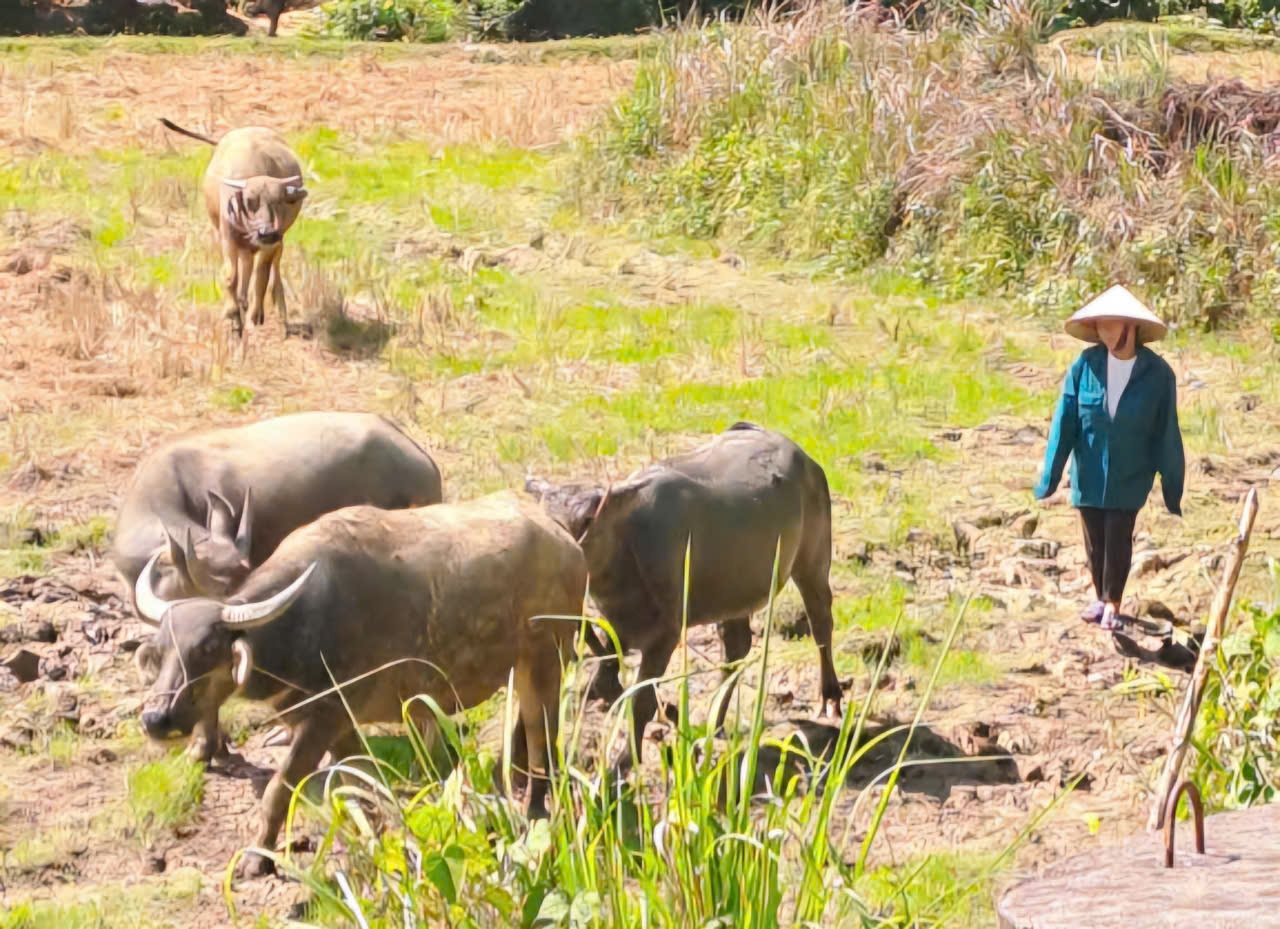
For many years, the family of Ms. Duong Thi Thang in Dinh Thuong hamlet, Bao Ly commune, Phu Binh district has had many difficulties in life. In February 2024, Ms. Thang's family received support from the State with 300 chickens, 30 bags of bran (25kg/bag) and veterinary medicine. After a period of raising chickens, last May, Ms. Thang sold her first flock of chickens.
“With a little capital from selling chickens, my daughter and I invested in buying 1,000 meat ducks and 40 egg-laying chickens and geese to continue raising. The newly sold ducks brought in a profit of over 20 million VND, and the chickens have started laying eggs. Currently, my family has a stable income from raising livestock and strives to get out of poverty by the end of this year,” Ms. Thang happily informed.
Yen Ninh is one of the 4 communes in area III of Phu Luong district in the period of 2017 - 2020, the commune has over 1,900 households, of which more than 79% of the population are ethnic minorities. People's lives are still difficult, the income of people in the commune mainly depends on agricultural, forestry and fishery production.
Mr. Trieu Van Son, Chairman of Yen Ninh Commune People's Committee, said: "In the commune, poor and near-poor households are supported with buffaloes as well as trained in very specific techniques, following the correct procedures, so currently the buffaloes are growing well and healthy. This is a practical way to provide fishing rods, creating livelihoods for households to develop the economy ."
In reality, many other poor and near-poor households in Thai Nguyen province have had the opportunity to develop production and increase income through production development support projects in the agricultural sector under the National Target Program on Sustainable Poverty Reduction for the period 2021-2025.
Accordingly, the total allocated budget for the 2021-2024 period is 30.5 billion VND (the central budget is 26.5 billion VND, the local budget is nearly 4 billion VND). As of 2024, the province has completed the allocation of capital, of which the capital in 2022 is 4,762.0 million VND, in 2023 is 12,225 million VND transferred to 2024 for implementation, in 2024 is 13,502 million VND.
Accordingly, in the 2021-2023 period, 42 projects were implemented, with the following types: livestock, crop cultivation, value chain linkage... with 1,684 households benefiting (including 814 poor households, 702 near-poor households, 156 newly escaped poverty households and 12 other households).
In 2024, units and localities have developed projects, submitted them to the district People's Committee for approval as a basis for project implementation; for approved projects, units are implementing steps to disburse capital. To date, 10 projects have implemented project support contents for households.
To effectively implement the Program, Thai Nguyen Rural Development Department has coordinated with relevant sectors and localities to promote propaganda, raise awareness and responsibility for multidimensional poverty reduction, arouse the spirit of self-reliance to escape poverty; organize training and fostering for officials at all levels to do poverty reduction work; organize training for people...
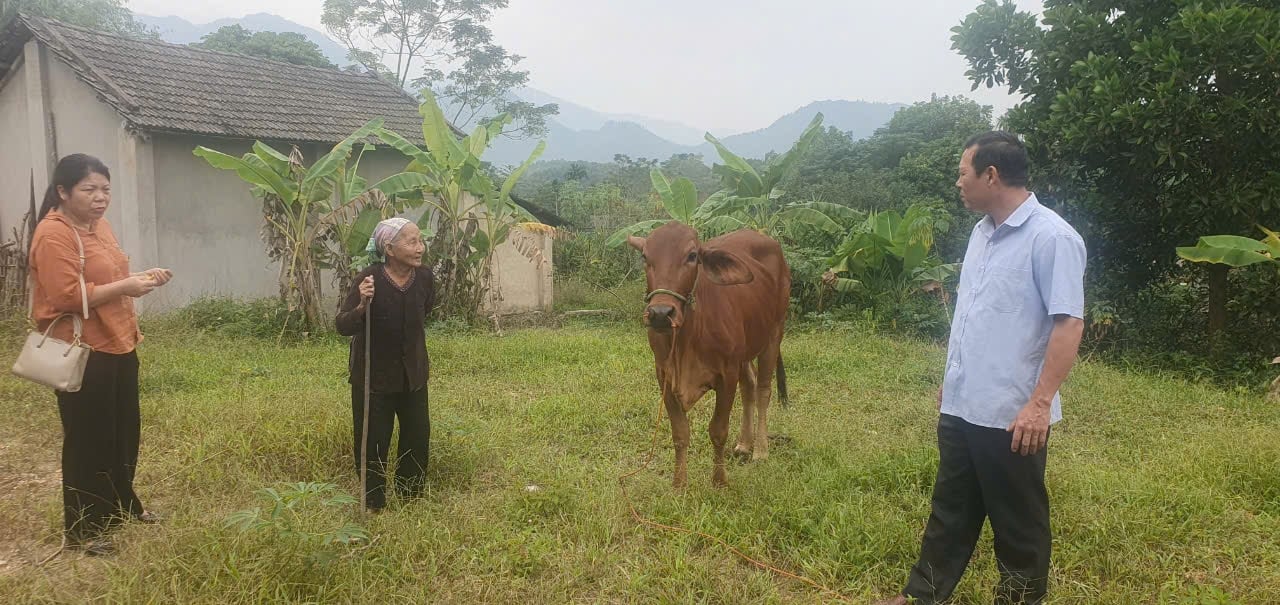
Discussing this content, Mr. Trieu Van Cuong, Head of the Thai Nguyen Rural Development Department, said: The unit advises the Department of Agriculture and Rural Development to regularly urge and guide localities to implement the Project to ensure the right subjects, the right objectives of the Program and the development orientation of the province's key agricultural products. At the same time, proactively coordinate with related sectors to organize monitoring, evaluate progress, implementation results, promptly detect and handle difficulties and problems during the implementation process...
Based on the results achieved, the locality continues to set out a poverty reduction plan for the period 2026 - 2030. The content of implementing sub-project 1 and project 3 is to form production chains associated with the consumption of potential agricultural products, strengths, and key products of the locality. The total estimated budget and capital structure for implementing sub-project 1 and project 3 on supporting production development in the agricultural sector for the entire period 2026 - 2030 is 50 billion VND, an average of 10 billion VND per year.
Through the implementation of projects, it has helped create more livelihoods for people, management experience, and production levels have been gradually improved and enhanced. Thereby, creating favorable conditions for beneficiaries of the program to proactively participate in production models according to value chains, concentrated commodity production areas with appropriate scales for each locality; contributing to reducing the rate of poor and near-poor households, limiting the situation of re-poverty in the area...










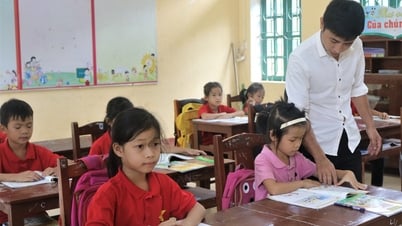
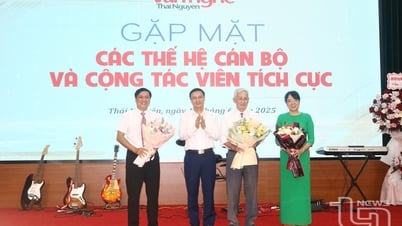
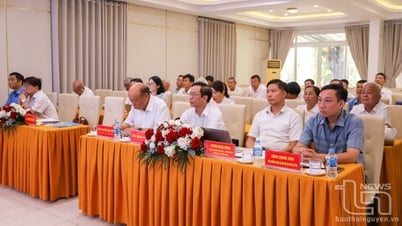
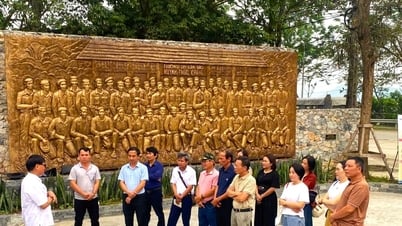

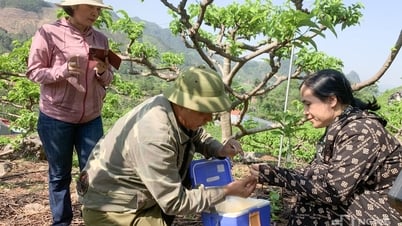


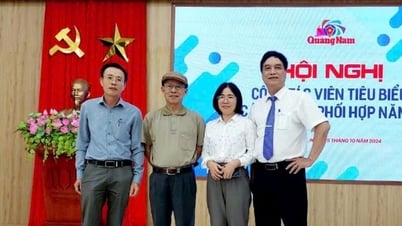








![[Maritime News] Wan Hai Lines invests $150 million to buy 48,000 containers](https://vphoto.vietnam.vn/thumb/402x226/vietnam/resource/IMAGE/2025/6/20/c945a62aff624b4bb5c25e67e9bcc1cb)
































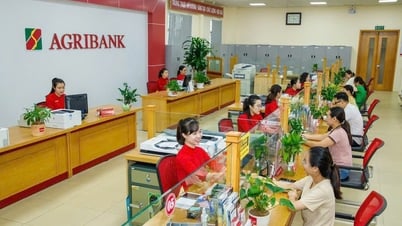
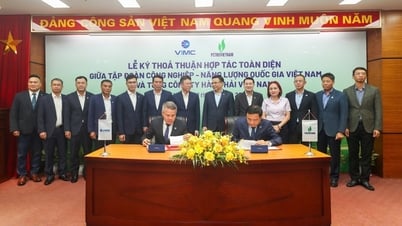











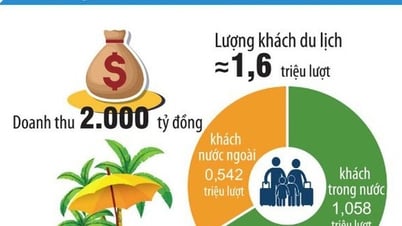
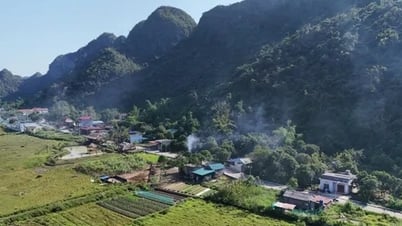
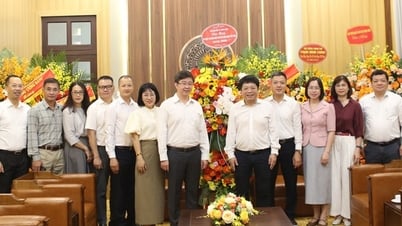


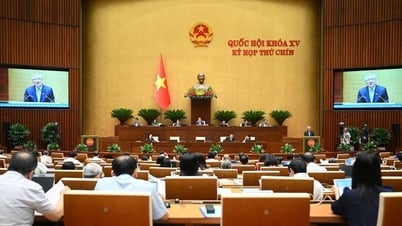
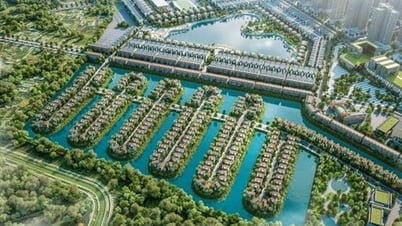

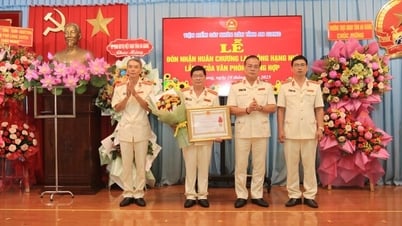

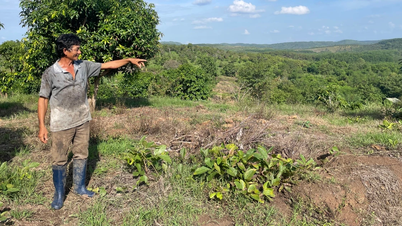

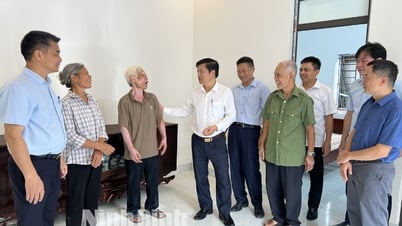


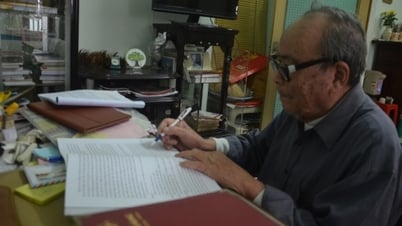












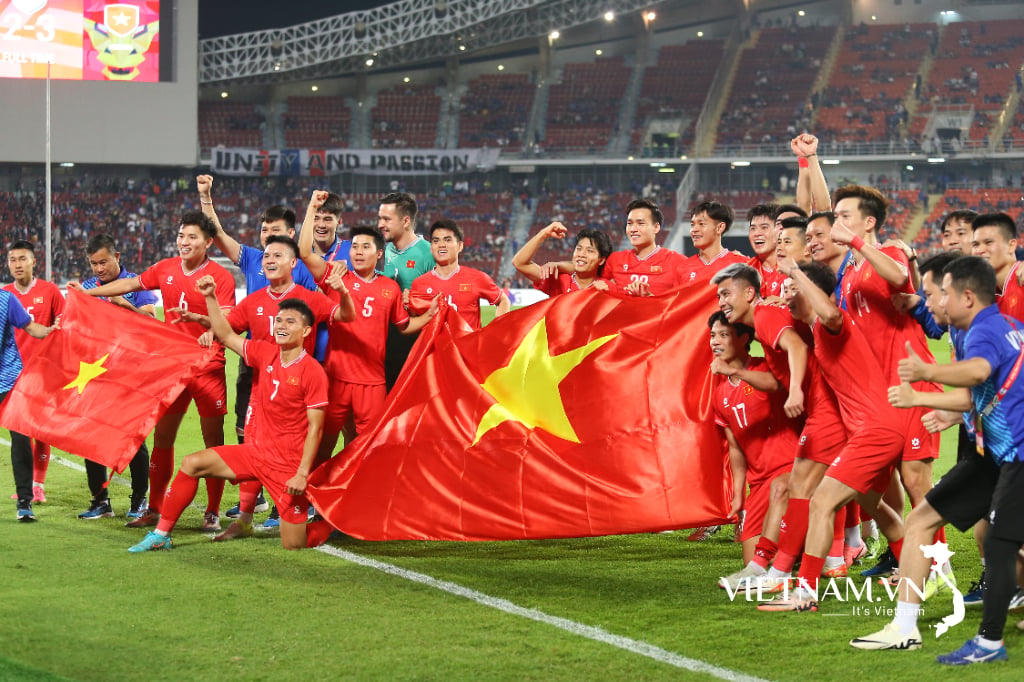
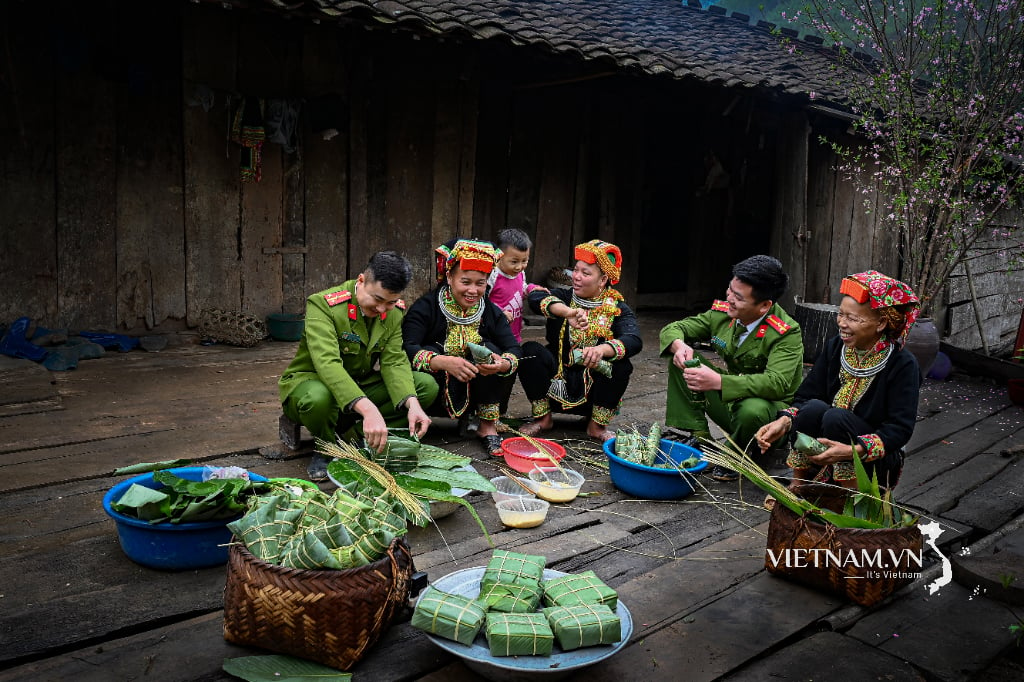


Comment (0)